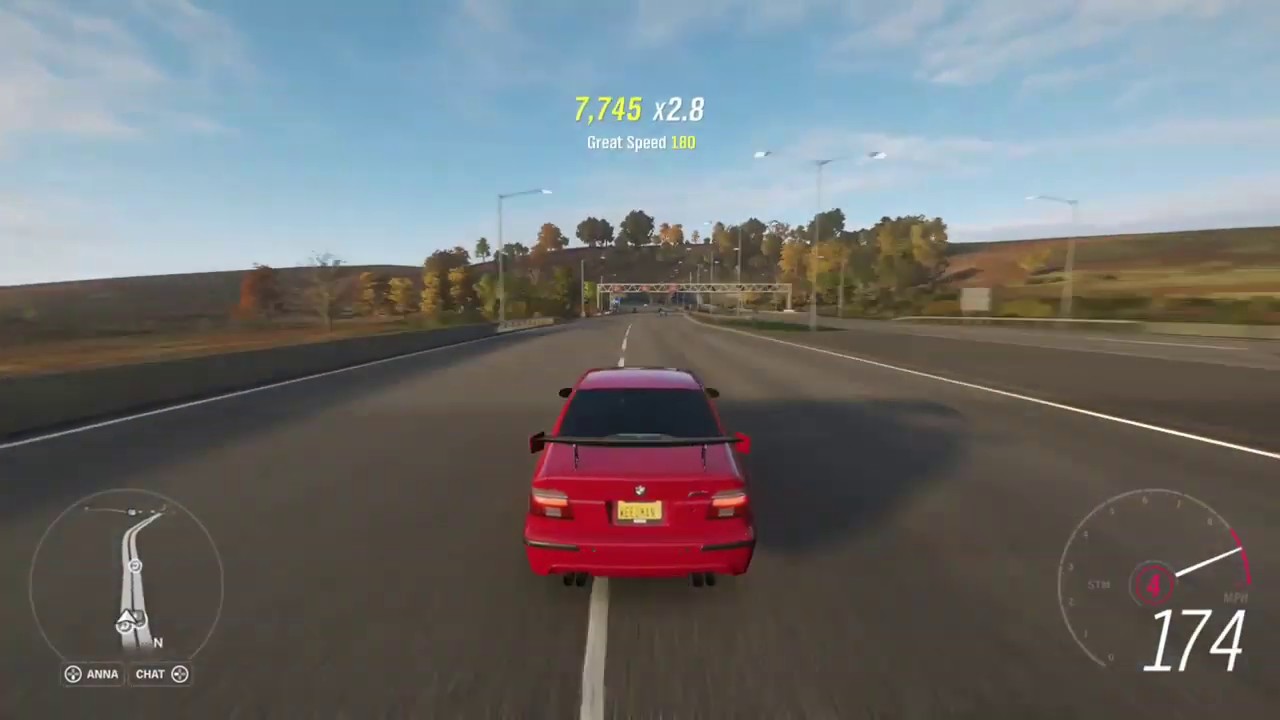
Introduced in 1998 at the Geneva Motor Show, the E39 generation of the M5 was the first M5 to use a V8 engine, resulting in an increase in power output to 294 kW (400 PS).
It is also the first M5 to use aluminium front suspension components and a multi-link rear suspension. Production began in October 1998.
Production totalled to 20,482 cars from 1999 to 2003. Unlike its predecessors, the M5 was produced on the same assembly line as the regular 5 Series models at the Dingolfing factory in Germany.
The official performance figures are 0–97 km/h (60 mph) acceleration time of 4.8 seconds and an electronically limited top speed of 250 km/h (155 mph).[37][38] In testing, an unrestricted M5 reached a top speed in excess of 300 km/h (186 mph).[39] The E39 M5 recorded a Nurburgring lap time of 8:20
The M5 received the September 2000 facelift (for the 2001 model year) at the same time as the standard E39 models.[40] Changes included halogen "corona rings" in headlights (often called "Angel Eyes"), LED tail-lights and various interior upgrades. The mechanical specification was unchanged. For the subsequent two model years, changes were limited to the addition of new exterior colours (from September 2001) and the upgrade to a DVD-based navigation system (from September 2002).
Production of a "Touring" (wagon/estate) E39 M5 model was evaluated by BMW, and at least one prototype was developed (in Titanium Silver with a Black Exclusive leather interior). However the Touring did not reach production, due to financial considerations.[41]
Engine
The E39 M5 is powered by the BMW S62 V8 engine, which generates a power output of 294 kW (400 PS; 394 hp) at 6,600 rpm and 500 N⋅m (369 lb⋅ft) of torque at 3,800 rpm.[35][42] The S62 engine has electronically actuated individual throttle bodies, an aluminium block and heads, variable valve timing (double-VANOS), and a semi-dry sump oil system.
Drivetrain
The transmission is the Getrag 420G six-speed manual, as used in the E39 540i but with an upgraded clutch due to the increased torque. The differential uses a shorter 3.15:1 ratio, and is a limited slip differential with 25% maximum locking.
Chassis
The E39 M5 uses aluminium-intensive MacPherson strut front suspension and multi-link rear suspension, as per the other V8 models of the E39 5 Series range. However, several changes were made by BMW M. Reduced spring height, 23 mm (0.9 in) lower. A specific shock valving, thicker front and rear anti-roll bars, polyurethane auxiliary springs, and steel balljoints.
Although the six-cylinder E39 models use rack-and-pinion steering, the M5 (and other V8 models) retains the recirculating ball steering system, as used by previous generations of the M5. A quicker steering ratio of 14.7 was used, compared with 17.9 for other V8 models.[40] It featured a Servotronic vehicle-speed-sensitive power assist which provides two levels of resistance controlled via console mounted Sport button. The Sport button also adjusted the electronic throttle butterflies for more sensitive response.
Brake discs (rotors) are a "floating" two-piece design (except for U.S and Canada models), for reduced risk of cone distortion. Their lower unsprung weight improves ride quality and traction on bumpy surfaces as well. The front discs are 345 mm (13.58 in) in diameter and the rear discs are 328 mm (12.91 in) in diameter.


















